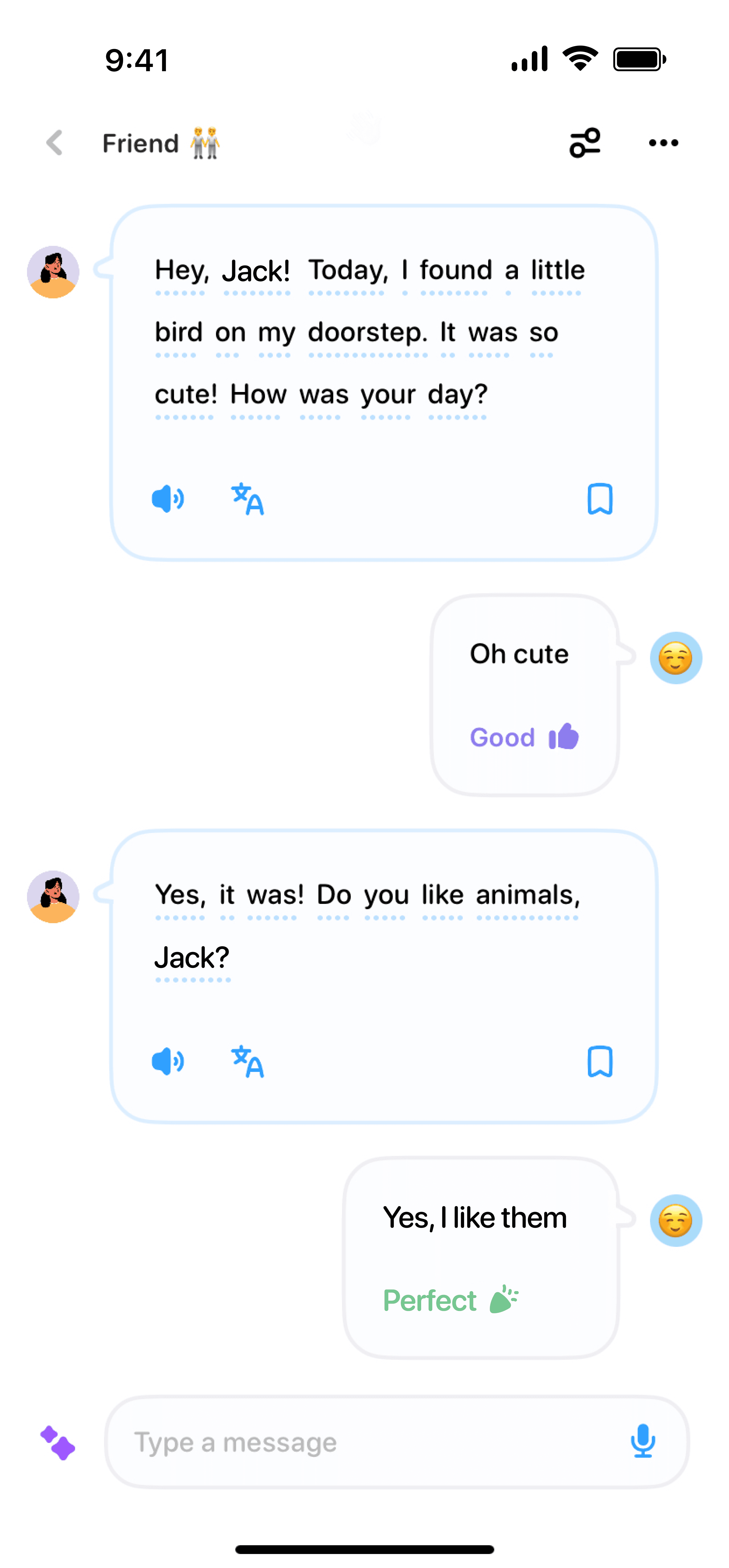03/27/2024
·
Emma Robbie
Learning English as a beginner can be a fun and rewarding experience, especially when you start to understand the basics of verbs. Verbs are action words; they describe what someone or something does. In this post, we'll guide you through the essential aspects of English verbs, making it simple and straightforward to learn verb forms in English. Ready to get started?
What are Verbs?
Verbs are words that express actions or states of being. For example, words like run, eat, is, and are are all verbs. Understanding verbs is crucial for constructing sentences and communicating effectively in English.
Types of Verbs
Let's break down the different types of verbs you'll encounter:
Action Verbs
These verbs show what the subject of the sentence does. For instance:
She runs every morning.
They eat lunch at noon.
Linking Verbs
Linking verbs connect the subject with more information about the subject. They don’t show action but rather a state of being. Common linking verbs include:
am
is
are
was
were
For example:
She is a teacher.
They are happy.
Helping Verbs
Helping verbs assist the main verb in a sentence by extending its meaning. Common helping verbs include:
have
has
do
does
will
For instance:
She has eaten breakfast.
They will go to the park.
Basic Verb Forms
In English, verbs come in different forms. Understanding these forms can help you use verbs correctly in different tenses.
Base Form
The base form is the simplest form of the verb, like run, eat, or be.
Simple Past
The simple past form shows an action that happened in the past. Often, these verbs end in -ed (e.g., played, walked), but there are many irregular forms too (e.g., went, ate).
Past Participle
This form is used with helping verbs like have and has. Examples include played, eaten, and gone.
Present Participle
This form ends in -ing and is used for continuous tenses, such as running, eating, and being.
Putting It All Together
Understanding verb forms is essential for creating different tenses. Let's explore a few examples:
Present Simple
I run every day.
She eats at 7 PM.
Past Simple
I ran yesterday.
She ate at 7 PM yesterday.
Present Perfect
I have run five miles.
She has eaten already.
Present Continuous
I am running now.
She is eating dinner.
Practice Makes Perfect
The best way to master English verbs is through practice. Try to write sentences using different types of verbs and their forms. Practice with free resources available online to help you get the hang of it.
Remember, learning English for beginners is a journey, and every step you take brings you closer to fluency. Keep practicing, and soon, you'll find verbs to be second nature!
Happy learning! 🌟



